Is Google’s new step count algorithm any good? I put the Pixel Watch 3 to the test
Wear OS Weekly
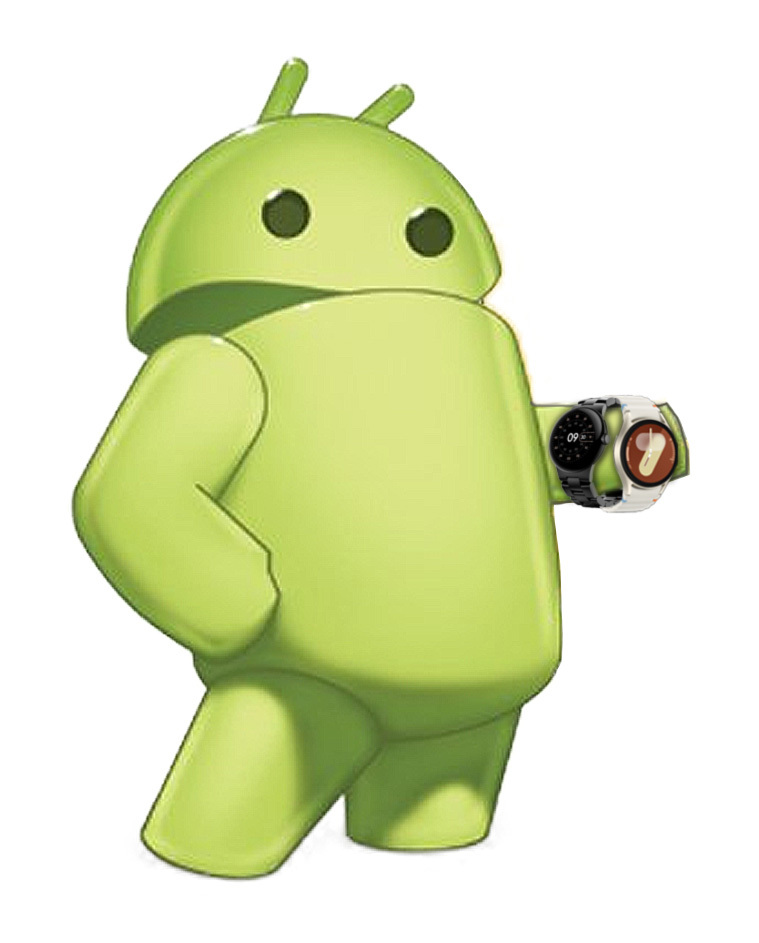
My weekly column focuses on the state of Wear OS, from new developments and updates to the latest apps and features we want to highlight.
Google says that its Wear OS 5.1 update makes the Pixel Watch 3 and previous models much better at handling “challenging” step count tracking, like pushing a stroller or shopping cart. I put this new system to the test.
Google’s Wear OS 5.1 community post states that the “improved algorithm ensures your steps are counted with exceptional accuracy” in scenarios where you’re not freely swinging your wrist with each step, such as walking with hiking poles or holding a phone. That can be a challenge for any smartwatch.
My Pixel Watch 3 didn’t receive the update for a month, but after the Pixel Watch team manually added mine to their update list, I took it out for some monotonous step tests. I rolled a cart through each grocery store aisle, hiked a trail with trekking poles, and took my dad’s walker around the house — all while counting every actual step to compare.
Then I closed things off by conducting a straightforward walking test using my Garmin Fenix 8, as Garmin is almost always the most accurate brand for step count. Here are the results!
How well the new Pixel Watch 3 step count algorithm works

In past checks, my Fitbit or Pixel Watch models weren’t especially accurate for step count, typically falling short of the mark. So, besides “challenging” scenarios, I wanted to see if this new algorithm would catch normal steps, too.
Since many people aim to walk 10,000 steps a day, I used the Pixel Watch 3 and Garmin Fenix 8 to track 10,000 steps, tapping my simple counting app every 10 steps until I reached the 1,000 mark. I held the phone on my Garmin side to make sure the Pixel Watch 3 would swing naturally.
The Pixel Watch 3 ended at 9,896 (104 steps short), while the Garmin Fenix 8 ended at 10,050 (50 steps extra). Garmin performed better, as I expected, though frankly, it usually does a little better than that.
While the Pixel Watch 3 lost the step-count battle, my past Pixel Watch 2 and Fitbit Sense 2 tests have ranged from 200–300 steps off across 5,000 steps. Proportionally, the accuracy gap isn’t as wide as it once was, which you can possibly attribute to the algorithm change.
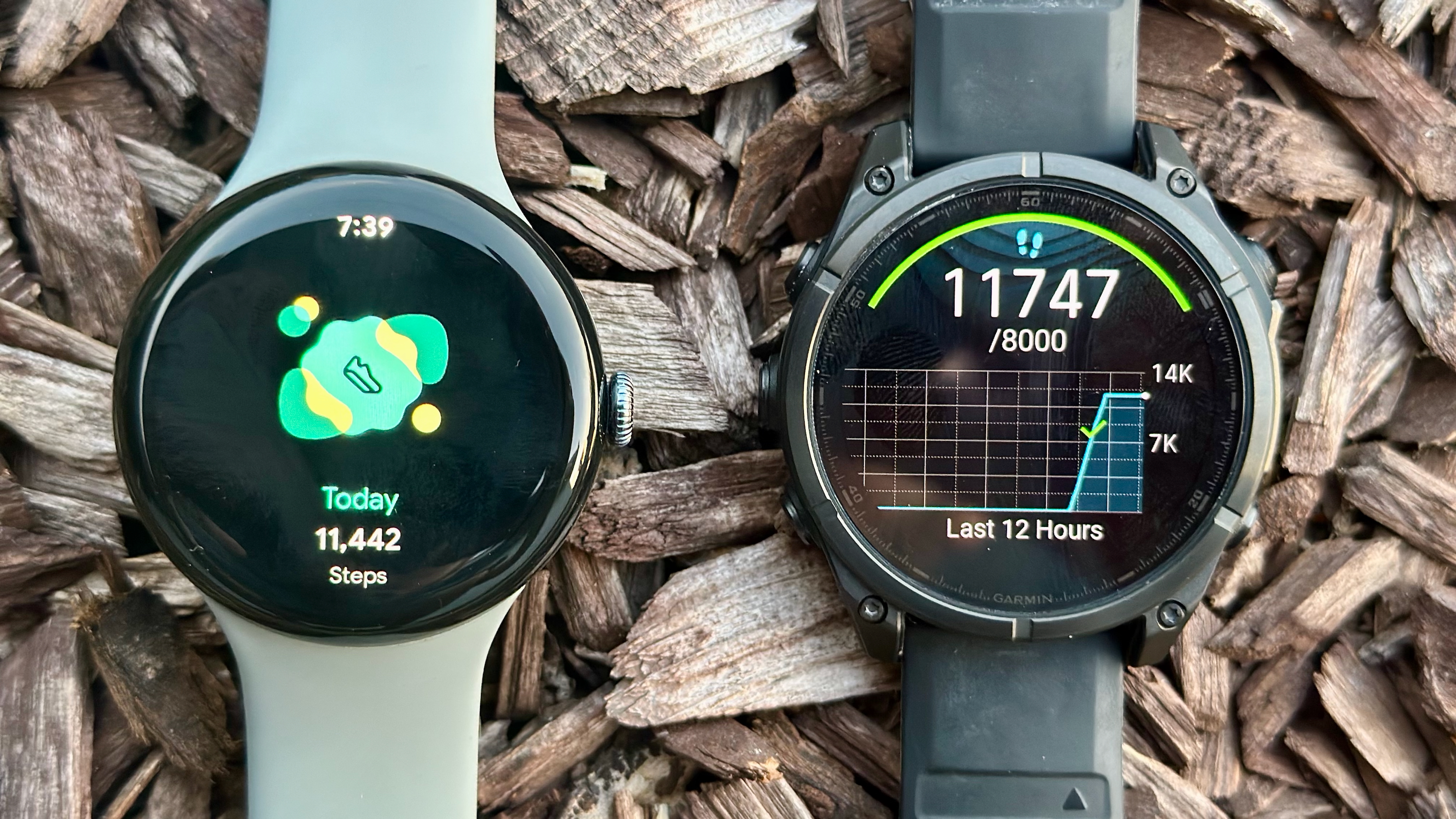
In another test, I walked 8,000 steps while holding a trekking pole on the same side as my Pixel Watch 3. Because you take 4–6 steps for every single motion of the walking stick, it’s easy for the step count to fall well short. I was curious if the algorithm could fix that.
I ended up measuring 7,857, or 143 steps short. Funnily enough, instead of the usual auto-detected walk activity, it asked me if I was using an elliptical near the end of the walk, because of the consistent rounded motion of my arm.
While the results were slightly less accurate than unimpeded walking, I did notice that I was 90 steps short after 2,000 steps, but then only lost 50 steps for the remaining 6,000. I wonder if the Watch got better at figuring out my walking pattern over time. Meanwhile, my Garmin watch inflated my step count to about 8,300, which I attribute to holding my phone in that hand. Still, not the best result!
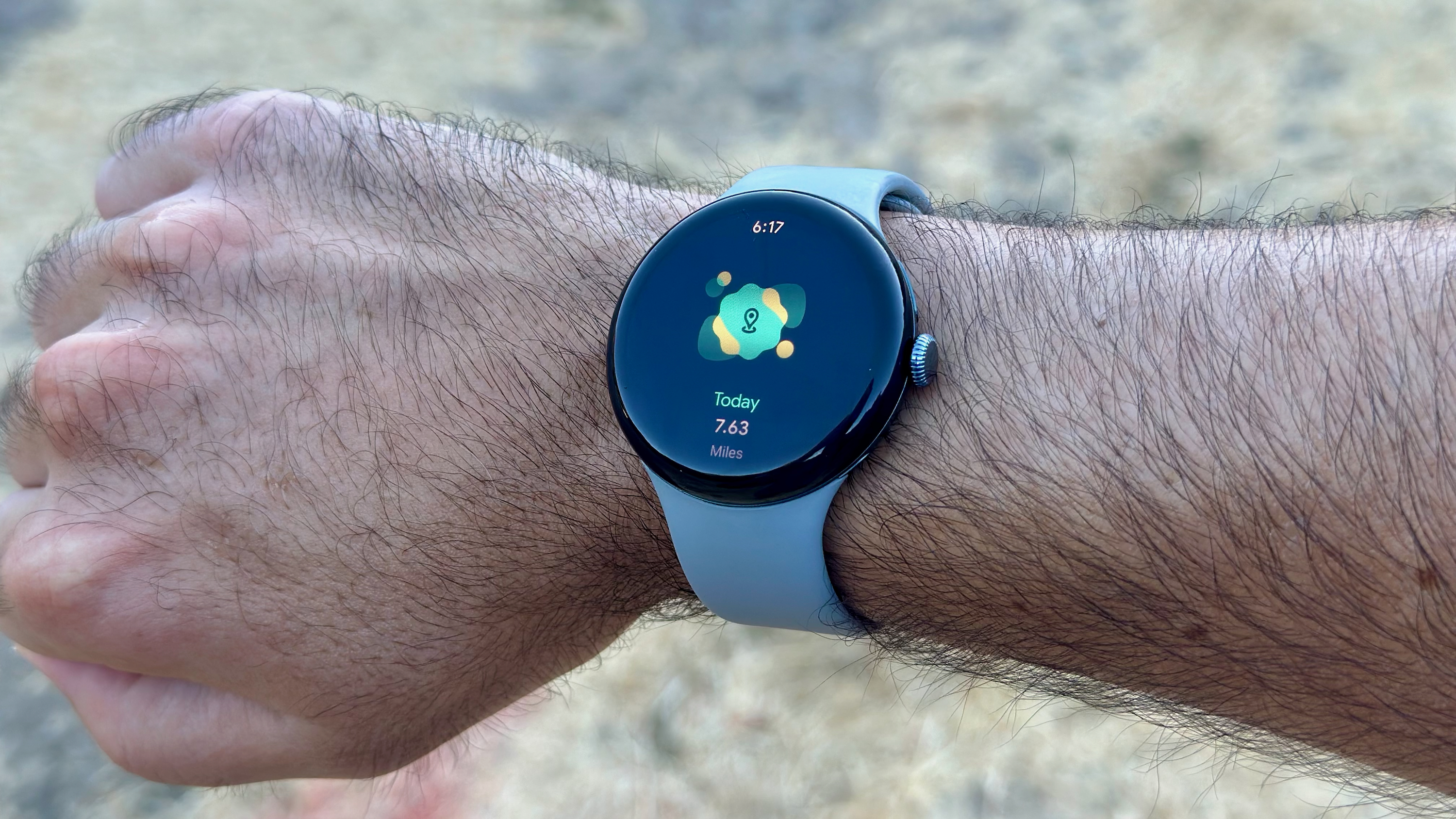
As for walking with a shopping cart, I had a little bit of trouble keeping exact count of my steps while looking at deal prices and stepping around other customers. But what I can tell you is that the Pixel Watch 3 was either dead-on at counting my steps… or couldn’t detect them.
Mime walking with a shopping cart, and you’ll see the problem. If you move forward normally, your wrists won’t bend, and your arms stay fixed; there’s nothing for the algorithm to work with. So I’d walk 100 steps, look down, and see that both Fitbit and Garmin had only caught a couple of dozen steps, or none at all.
However, when I increased my pace, walking up and down the aisles without slowing, both watches could detect my rolling gait more easily. After 200 steps, the Watch 3 ended up with almost exactly that number added.
|
Test |
Google Pixel Watch 3 |
Garmin Fenix 8 |
|---|---|---|
|
Normal walking (10,000 steps) |
9,896 (-104) |
10,050 (+50) |
|
Trekking poles (8,000 steps) |
7,857 (-143) |
8,300 (+300) |
|
Grocery cart (about 1,200 steps) |
742 |
745 |
Ultimately, the Pixel Watch 3 and Fenix 8 measured 742 and 745 steps, respectively. My actual count was at least a couple hundred steps higher, but I just appreciated that they caught anything at all. With other brands, you may only get a few hundred steps total after spending an hour in the store.
A step in the right direction
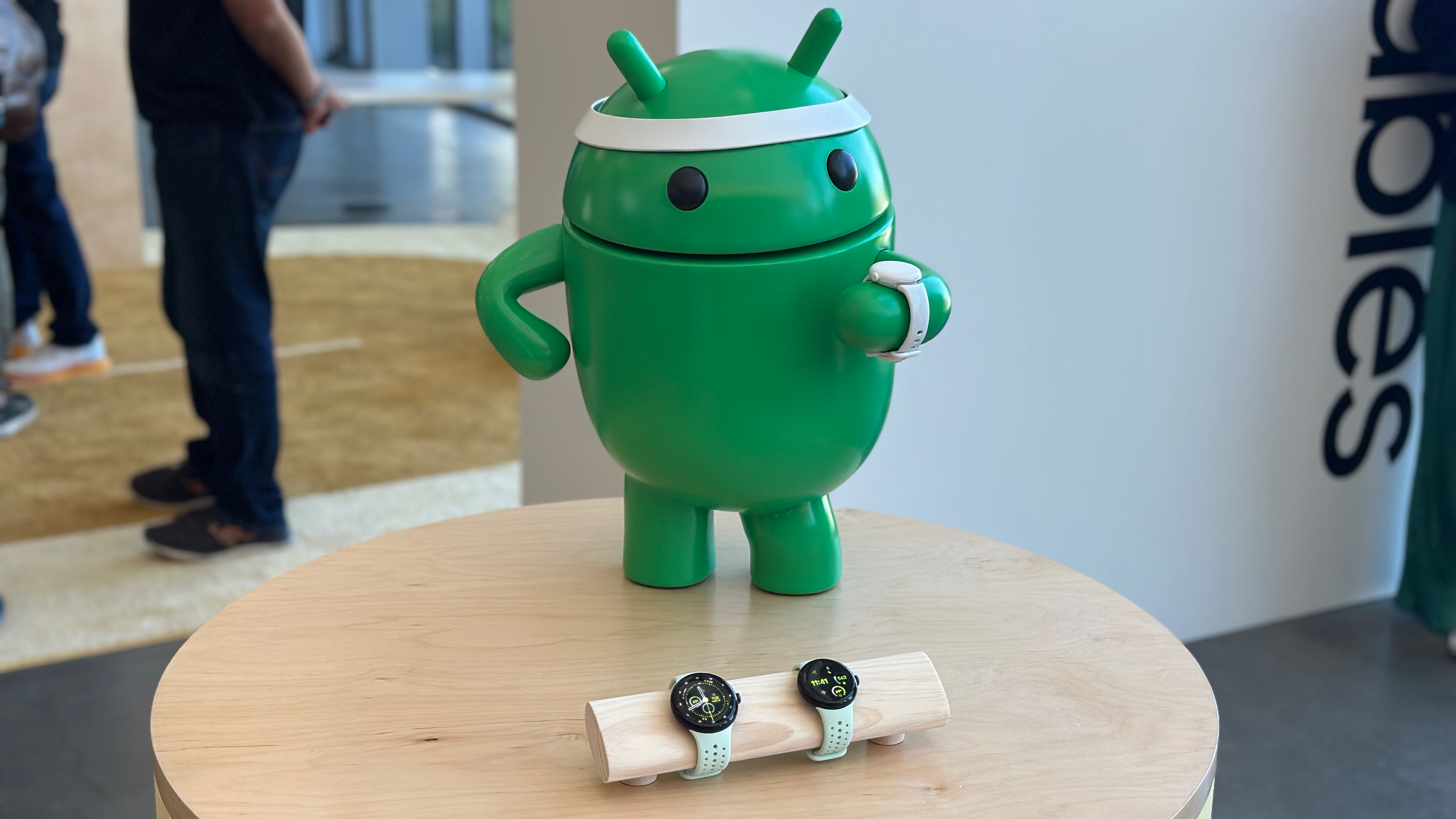
The new Wear OS 5.1 algorithm also includes better wheelchair tracking and stroller tracking, though I couldn’t test either.
My guess is that stroller and shopping cart tracking will be pretty similar: If you drift along slowly, the Watch 3 won’t catch your movement, but walk fast and there’ll be enough subtle vertical motion for the algorithm to catch.
As for wheelchair pushes, that’s a significant and consistent motion — like walking with a trekking pole — so I’d assume the Watch 3 will catch most of them, even if it falls slightly short.
I felt awkward testing my dad’s walker for more than a couple of minutes — it felt too much like I was feigning a disability — but in that time, the Watch 3 had no trouble recognizing my steps. It might not do as well if you have a shuffling gait, however.
Overall, even if I wouldn’t say the Pixel Watch 3 quite lives up to the “exceptional accuracy” claim in Google’s blog post, it does decently in scenarios where other smartwatches would struggle to register steps, including Garmin. And I certainly appreciate the effort!
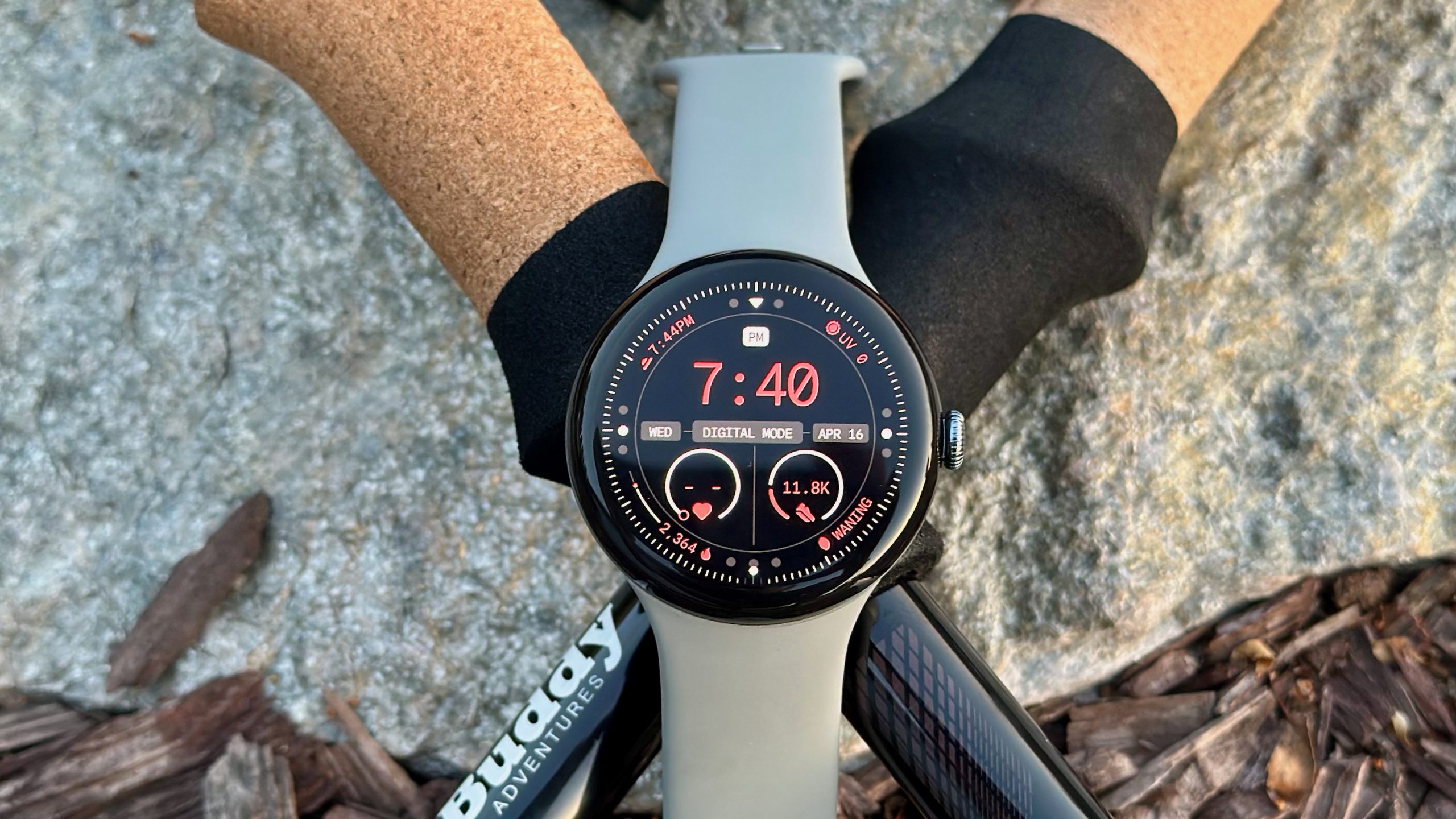
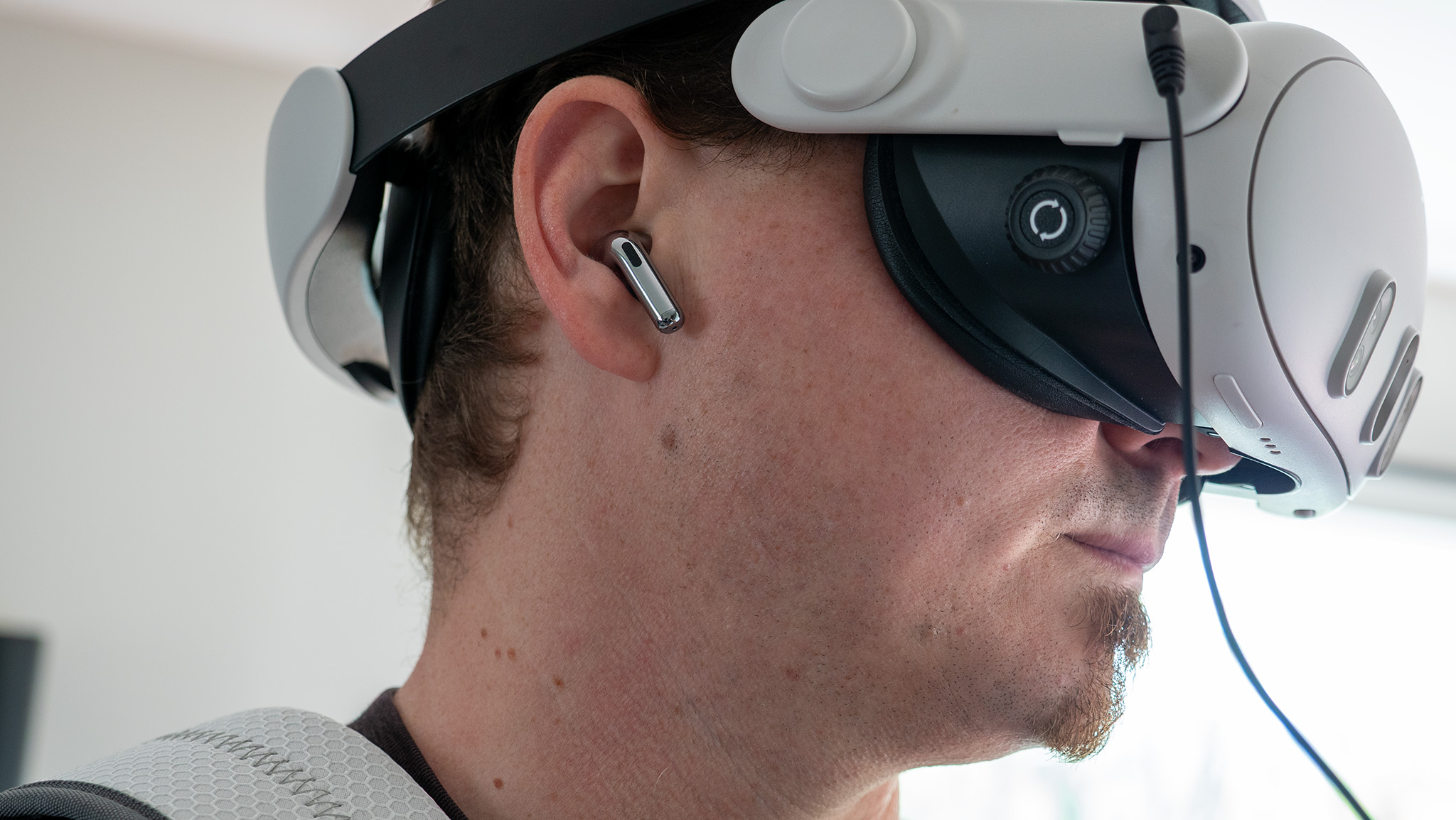
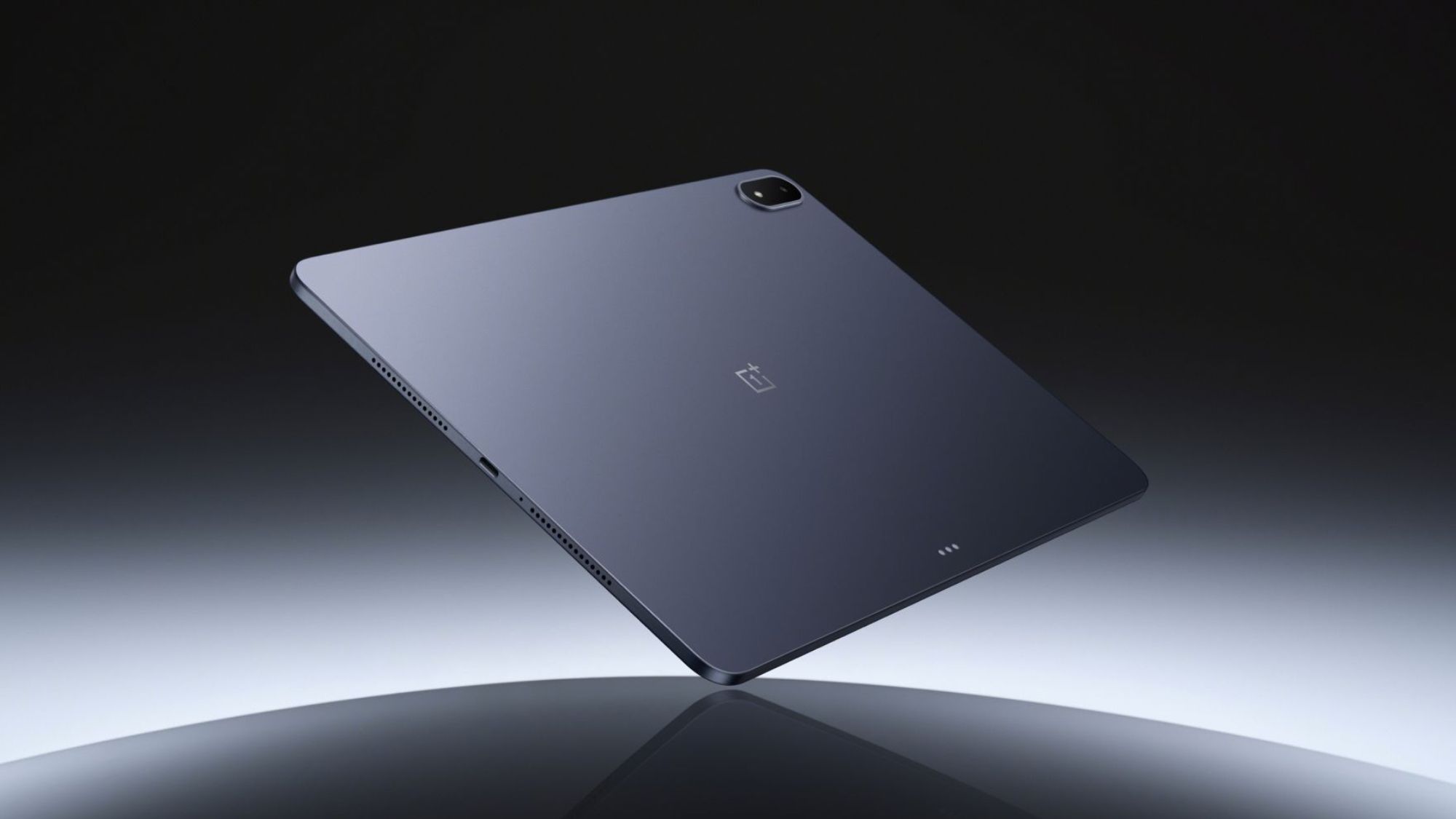
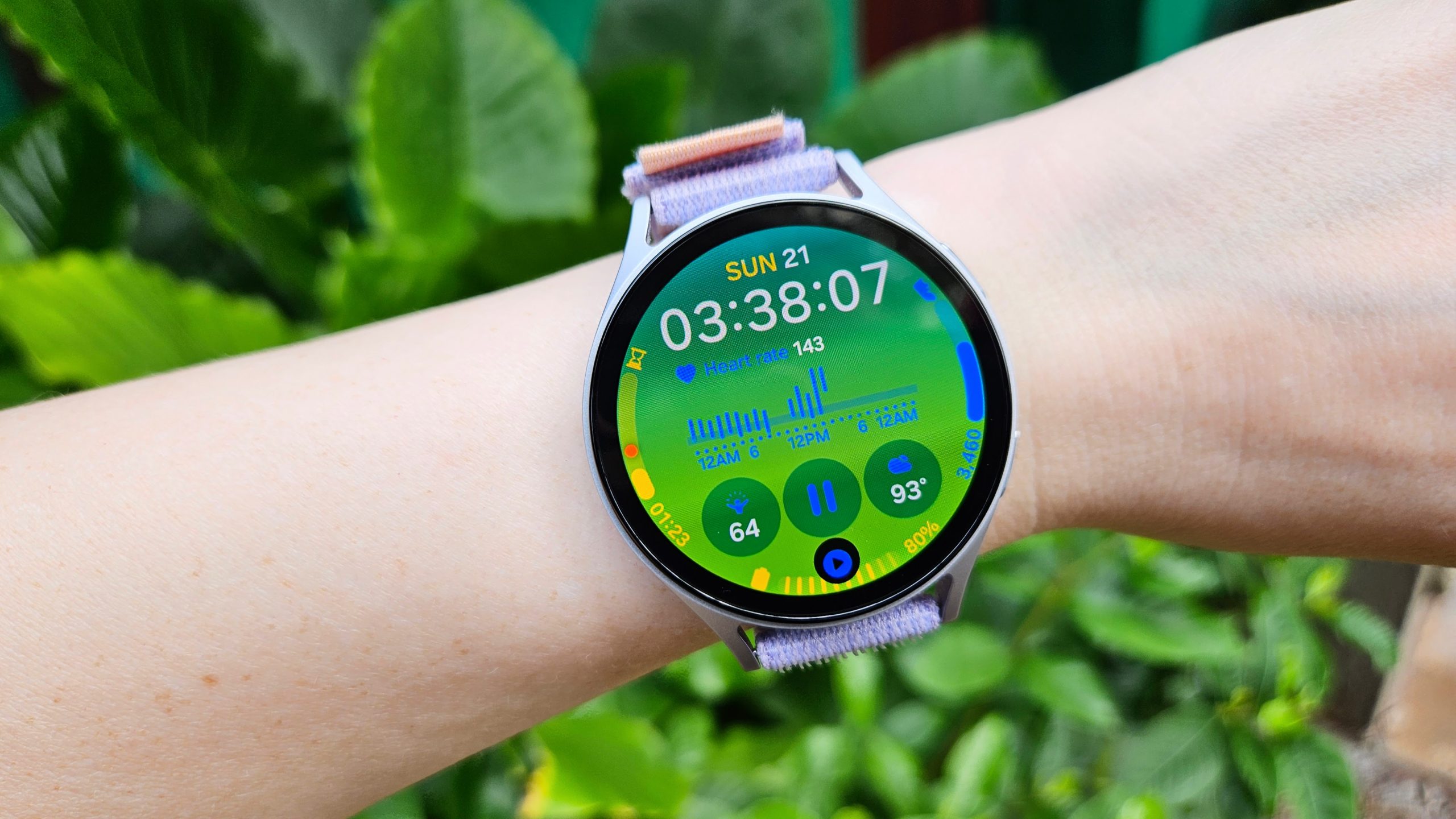

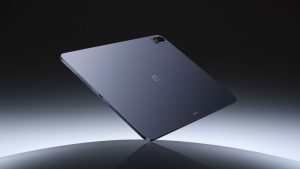
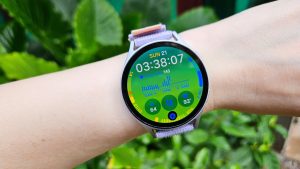


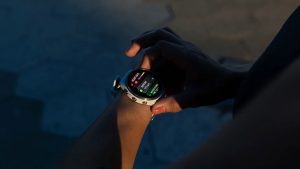
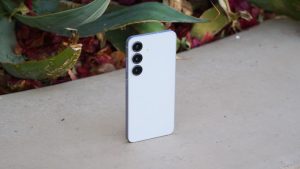
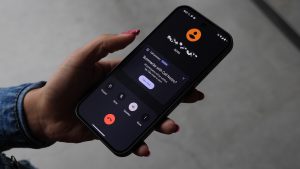


Post Comment